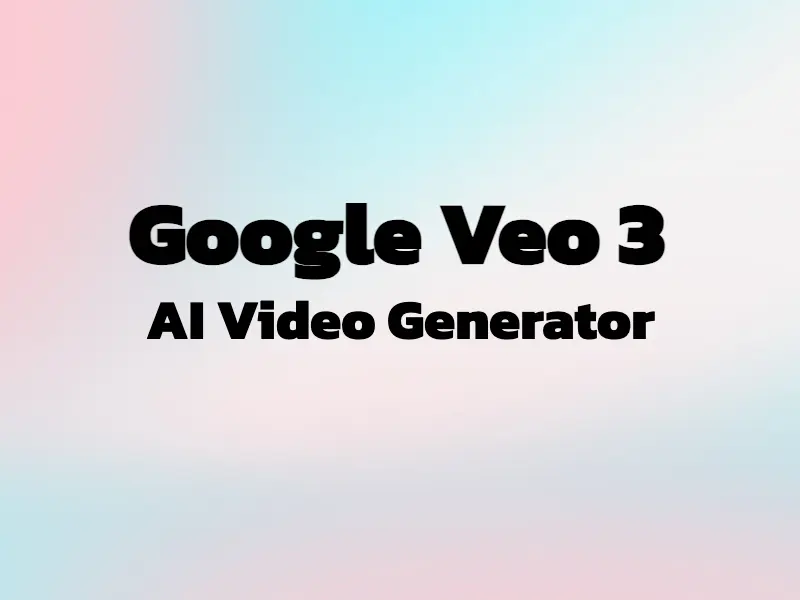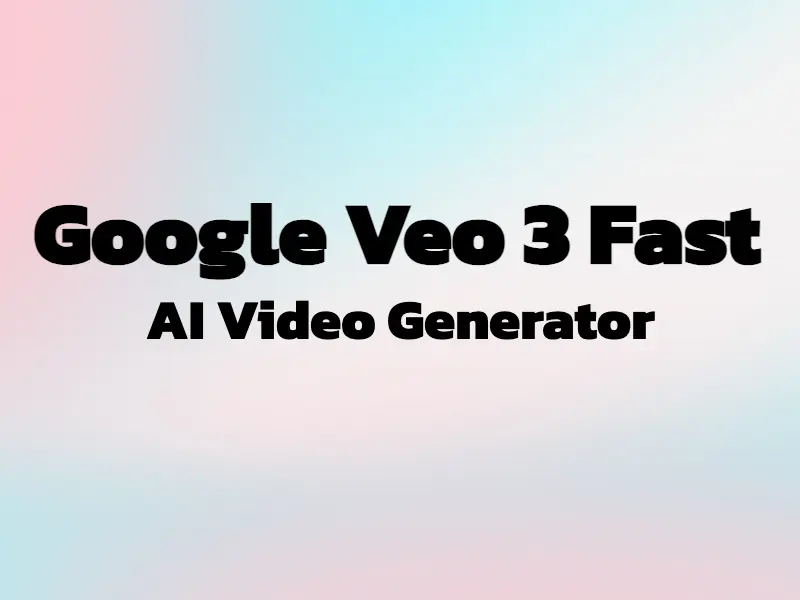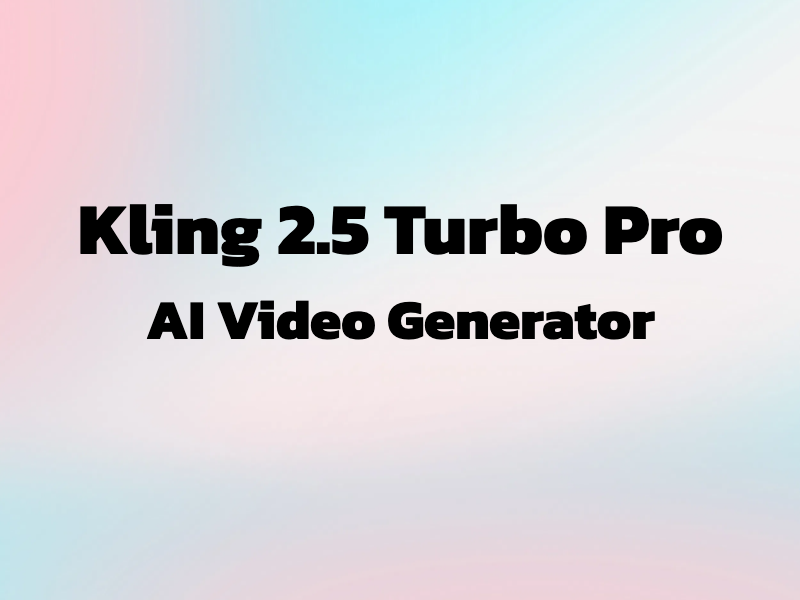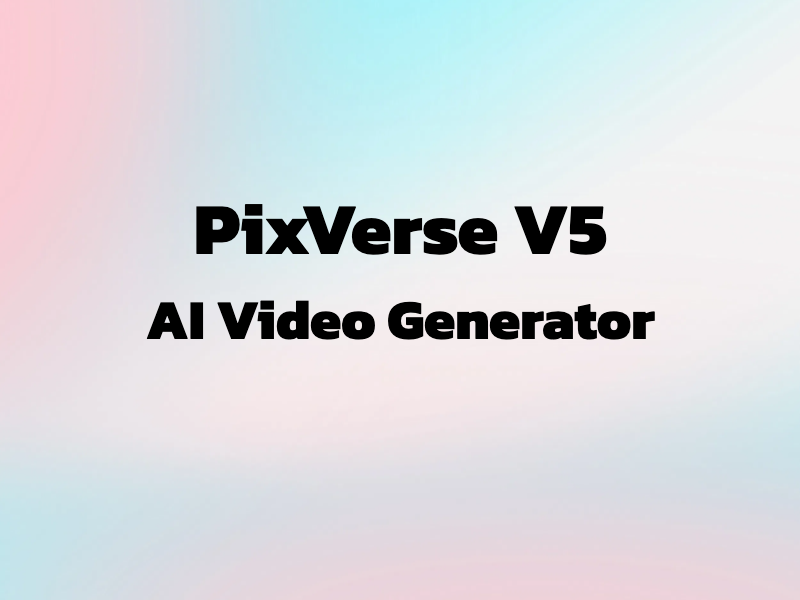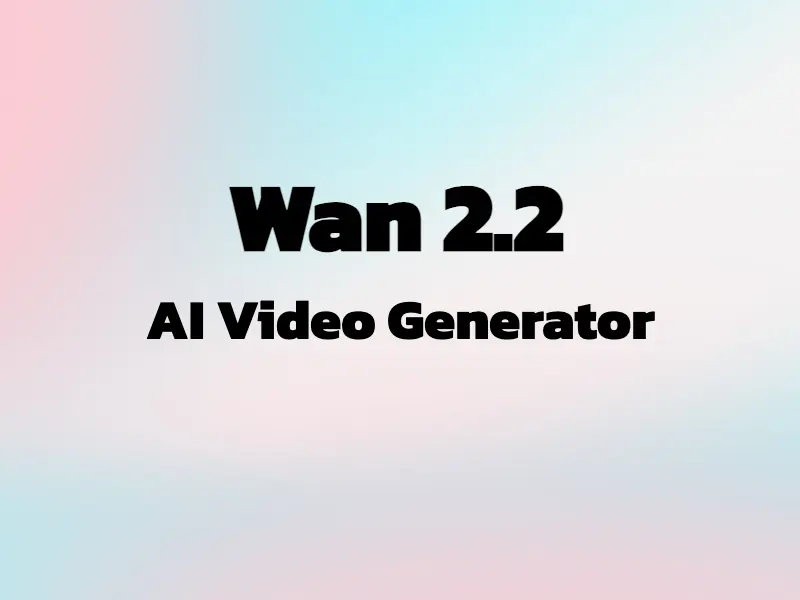Google Veo 3.1 - Text to Video + Audio
Why Google Veo 3.1 for Text to Video?
Cinematic Realism
Native Audio Generation
Dialogue & Lip‑Sync
Subject Consistency (R2V)
Video Interpolation
Flexible Output
How to Use Google Veo 3.1 – Text to Video
Write a Prompt
Set Duration, Ratio & Resolution
Toggle Audio
Generate & Download
Google Veo 3.1 Text to Video Pricing
| Name & Role | Credits |
|---|---|
4s – Audio On Cinematic video with generated audio | 240 |
4s – Audio Off Cinematic video without audio | 120 |
6s – Audio On Cinematic video with generated audio | 360 |
6s – Audio Off Cinematic video without audio | 180 |
8s – Audio On Cinematic video with generated audio | 480 |
8s – Audio Off Cinematic video without audio | 240 |
Frequently Asked Questions
What is Google Veo 3.1?
Veo 3.1 is Google’s latest AI video model that turns text prompts or reference images into high‑quality videos, offering cinematic motion, audio, and creative control.
What’s the difference between the ‘Standard’ and ‘Fast’ models?
Standard uses Reference‑to‑Video to keep subjects consistent and suits complex scenes. Fast uses Start & End Frame for directed motion and faster generation.
What video formats and resolutions are supported?
Outputs support HD and Full HD at cinematic frame rates, ready for modern platforms and workflows.
What is Subject Consistency?
A feature (in Standard) that maintains a character’s or object’s identity across all frames using 1–3 reference images, ensuring visual continuity.
Does Veo 3.1 support dialogues and lip‑sync?
Yes. It can generate speaking characters with realistic facial expressions and lip‑sync, suitable for story‑driven videos and marketing.
What aspect ratios are supported?
Landscape and portrait outputs are available, covering cinematic formats and mobile‑first platforms like Reels and Shorts.






















